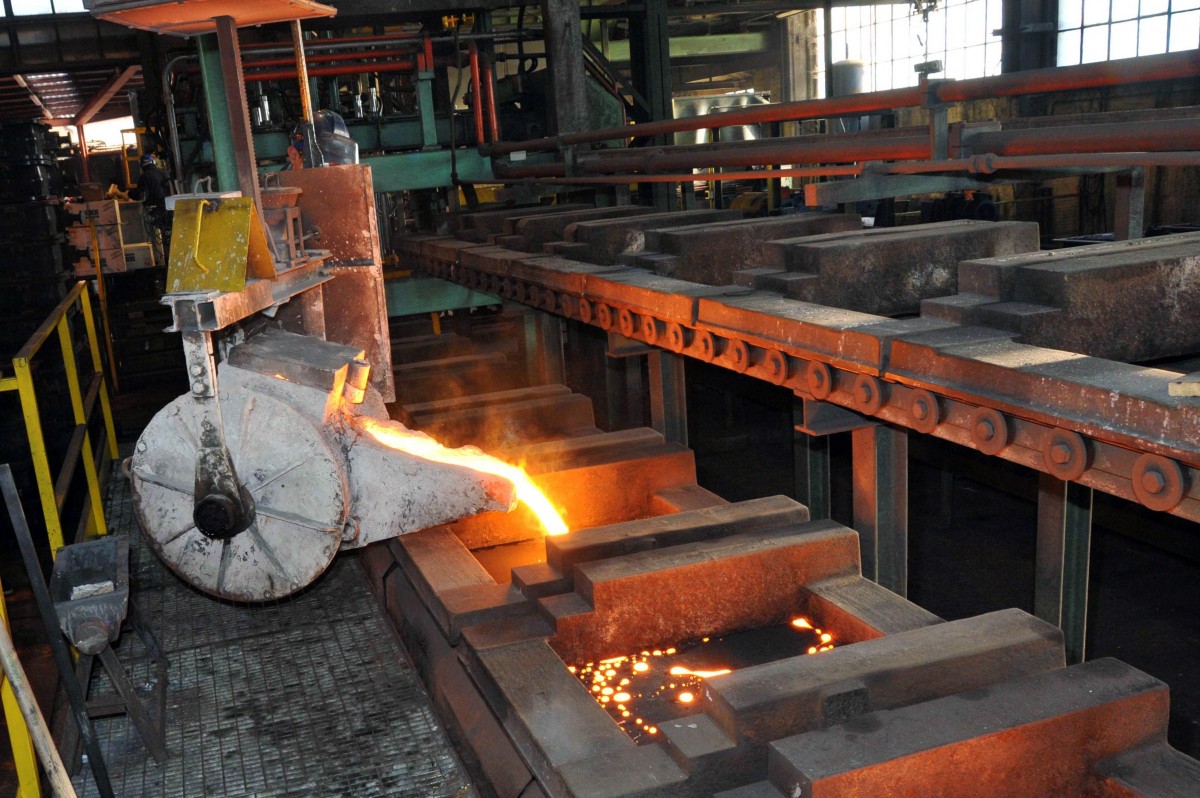Tuesday, April 13, 2021 8:03 AM EDT
We expect the industry push to continue in March, but not enough to compensate for services weakness and prevent another quarterly GDP contraction in 1Q21.

Source: Shutterstock
Only modest production increase in February
Up by a modest 0.2% month-on-month, Italy's seasonally-adjusted industrial production posted a third consecutive monthly advance. The working days adjusted measure shows a 0.6% year-on-year contraction, confirming that the gap versus pre-Covid-19 levels continues to shrink.
The monthly contraction was the result of a contraction in investment (-1.7% MoM), intermediate goods production (-0.5% MoM), and energy production (-2% MoM), and was only partially compensated by a 2.6% non-durables driven rebound in the production of consumer goods.
Not enough to prevent another GDP contraction in 1Q21
Today’s reading was slightly disappointing, as it compares with very positive manufacturing business confidence and PMI February readings. It highlights that statistical relationships remain shaky in the Covid pandemic. Looking forward, domestic and foreign order book data for March point to further modest progress in production, confirming that the industry should have provided a positive supply-side contribution to quarterly GDP growth in 1Q21. Unfortunately, the same does not apply to the service sector, which has continued to feel the brunt of lingering restrictions and soft lockdowns. We believe the drag on services will outweigh the manufacturing push, yielding another GDP contraction in 1Q21, possibly north of 0.5% quarter-on-quarter.
Rebound to start in 2Q21 and accelerate only over 2H21
We expect that the combination of vaccine availability and improvements in vaccination logistics will allow some progressive reopening from May onwards, but remain prudent about the scope of the 2Q21 GDP rebound. As confirmed by recent labor market data, slack in the labor market remains ample and might deteriorate further before improving, thus limiting the scope for the forthcoming recovery in consumption, notwithstanding involuntarily high saving rates. For stronger quarterly growth we will likely have to wait for the summer months, as progress on vaccinations will combine with the growth potential of staycations.
Disclaimer: This publication has been prepared by the Economic and Financial Analysis Division of ING Bank N.V. (“ING”) solely for information purposes without regard to any ...
more
Disclaimer: This publication has been prepared by the Economic and Financial Analysis Division of ING Bank N.V. (“ING”) solely for information purposes without regard to any particular user's investment objectives, financial situation, or means. ING forms part of ING Group (being for this purpose ING Group NV and its subsidiary and affiliated companies). The information in the publication is not an investment recommendation and it is not investment, legal or tax advice or an offer or solicitation to purchase or sell any financial instrument. Reasonable care has been taken to ensure that this publication is not untrue or misleading when published, but ING does not represent that it is accurate or complete. ING does not accept any liability for any direct, indirect or consequential loss arising from any use of this publication. Unless otherwise stated, any views, forecasts, or estimates are solely those of the author(s), as of the date of the publication and are subject to change without notice.
The distribution of this publication may be restricted by law or regulation in different jurisdictions and persons into whose possession this publication comes should inform themselves about, and observe, such restrictions.
Copyright and database rights protection exists in this report and it may not be reproduced, distributed or published by any person for any purpose without the prior express consent of ING. All rights are reserved. ING Bank N.V. is authorised by the Dutch Central Bank and supervised by the European Central Bank (ECB), the Dutch Central Bank (DNB) and the Dutch Authority for the Financial Markets (AFM). ING Bank N.V. is incorporated in the Netherlands (Trade Register no. 33031431 Amsterdam). In the United Kingdom this information is approved and/or communicated by ING Bank N.V., London Branch. ING Bank N.V., London Branch is deemed authorised by the Prudential Regulation Authority and is subject to regulation by the Financial Conduct Authority and limited regulation by the Prudential Regulation Authority. The nature and extent of consumer protections may differ from those for firms based in the UK. Details of the Temporary Permissions Regime, which allows EEA-based firms to operate in the UK for a limited period while seeking full authorisation, are available on the Financial Conduct Authority’s website.. ING Bank N.V., London branch is registered in England (Registration number BR000341) at 8-10 Moorgate, London EC2 6DA. For US Investors: Any person wishing to discuss this report or effect transactions in any security discussed herein should contact ING Financial Markets LLC, which is a member of the NYSE, FINRA and SIPC and part of ING, and which has accepted responsibility for the distribution of this report in the United States under applicable requirements.
less
How did you like this article? Let us know so we can better customize your reading experience.




